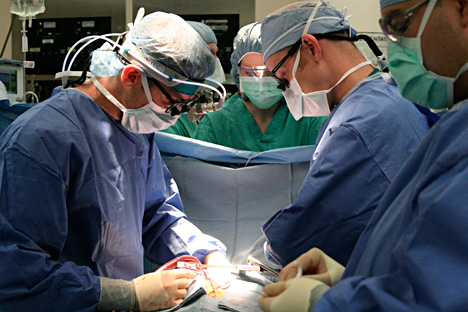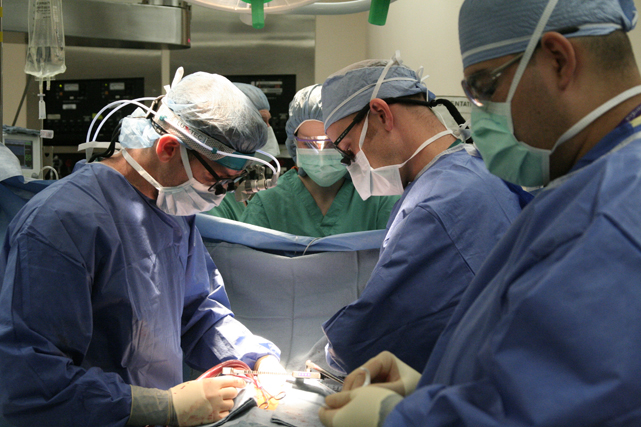

Source: Will Sowards/flickr.com
In 2015 Russian scientists are planning to start clinical trials of a new umbrella-like device that can prevent a stroke. It is inserted into the left atrial appendage, the source of blood clots, to block their path.
This clot-catching "umbrella" was created by the Institute of Strength Physics and Materials Science and the Angioline company based in Novosibirsk, Siberia’s largest city. Pre-clinical trials have already been conducted at the Institute of Cardiology in Tomsk.
"The umbrella is a mechanical barrier that isolates the left atrial appendage of the heart to prevent the penetration of blood platelets,” Andrei Kudryashov, a director at Angioline told RBTH. “Our device is different from the existing analogues because we use knitted membrane tissue that blocks platelets."
The device is made of titanium nickelide. When it is cold, it is compressed and takes the form of a catheter. It is inserted into the heart by puncturing a vein under X-ray control. When the umbrella device is heated in the body, it opens up and closes the cavity of the left atrial appendage.
According to Kudryashov, the cost of imported analogues on the Russian market is more than $8,000. "Our device is five times cheaper," he told RBTH. The device is currently in the process of being registered. Once it undergoes testing in Russia, the developers will be ready to launch it on the international market.
All rights reserved by Rossiyskaya Gazeta.
Subscribe
to our newsletter!
Get the week's best stories straight to your inbox